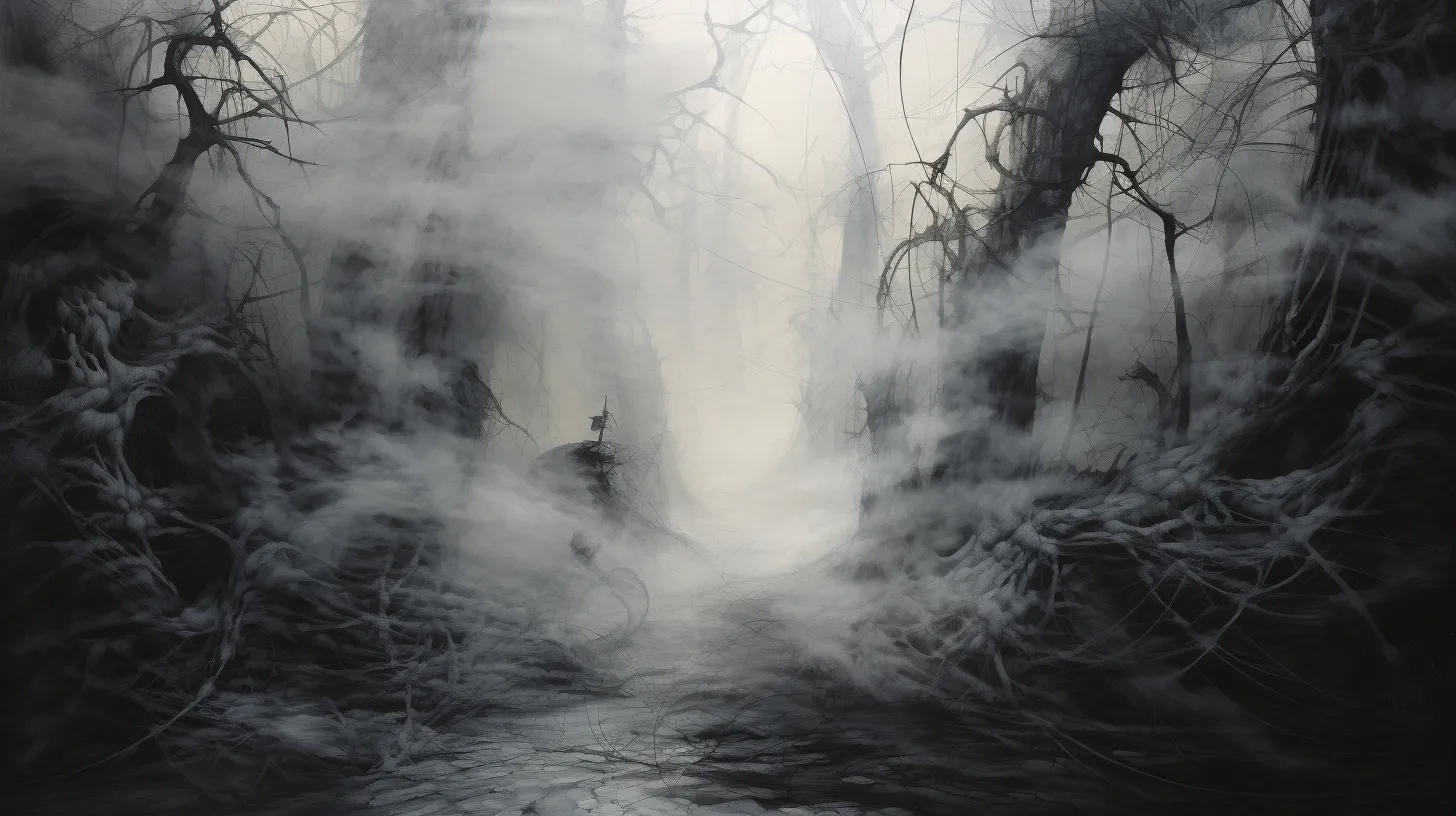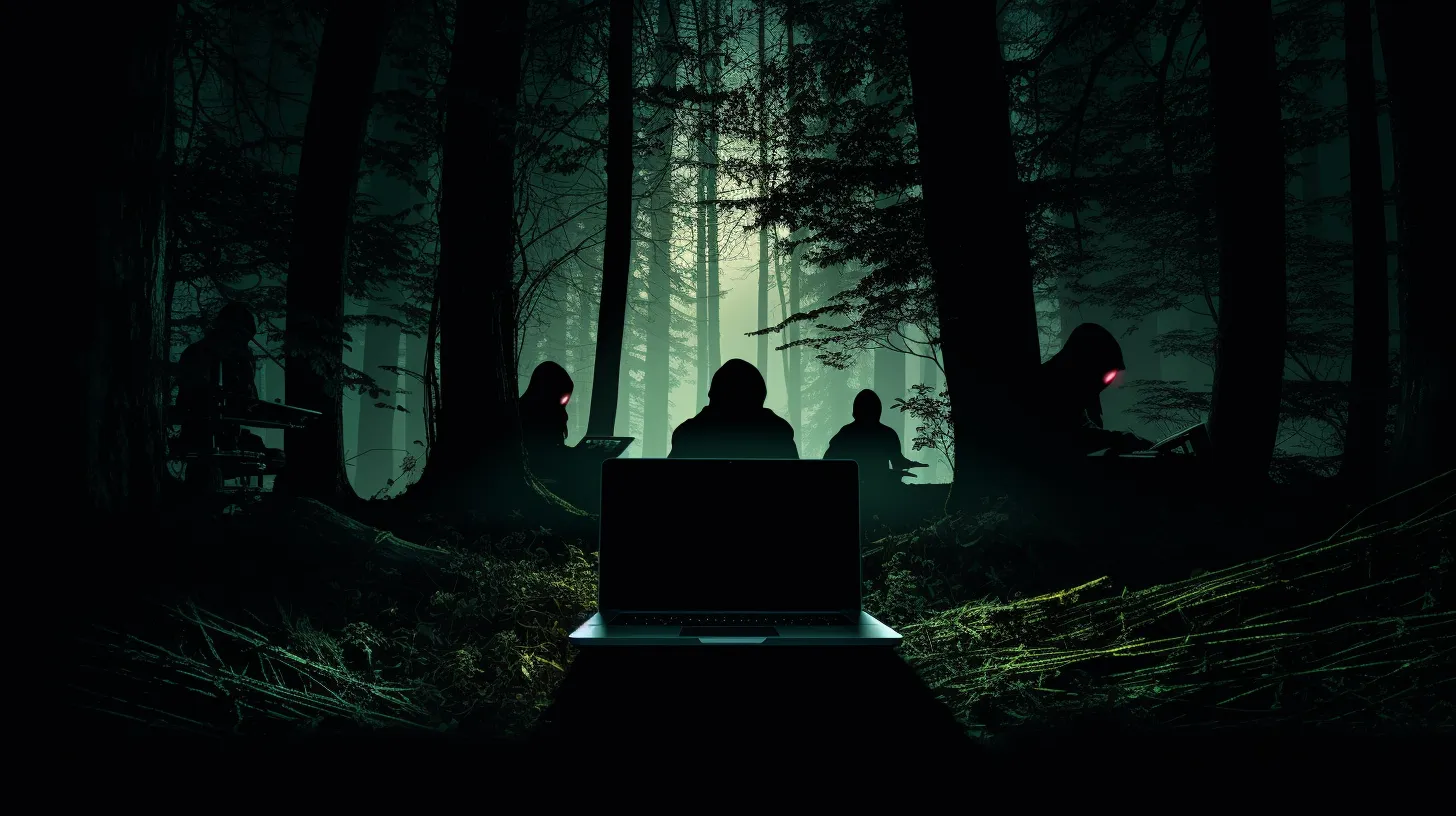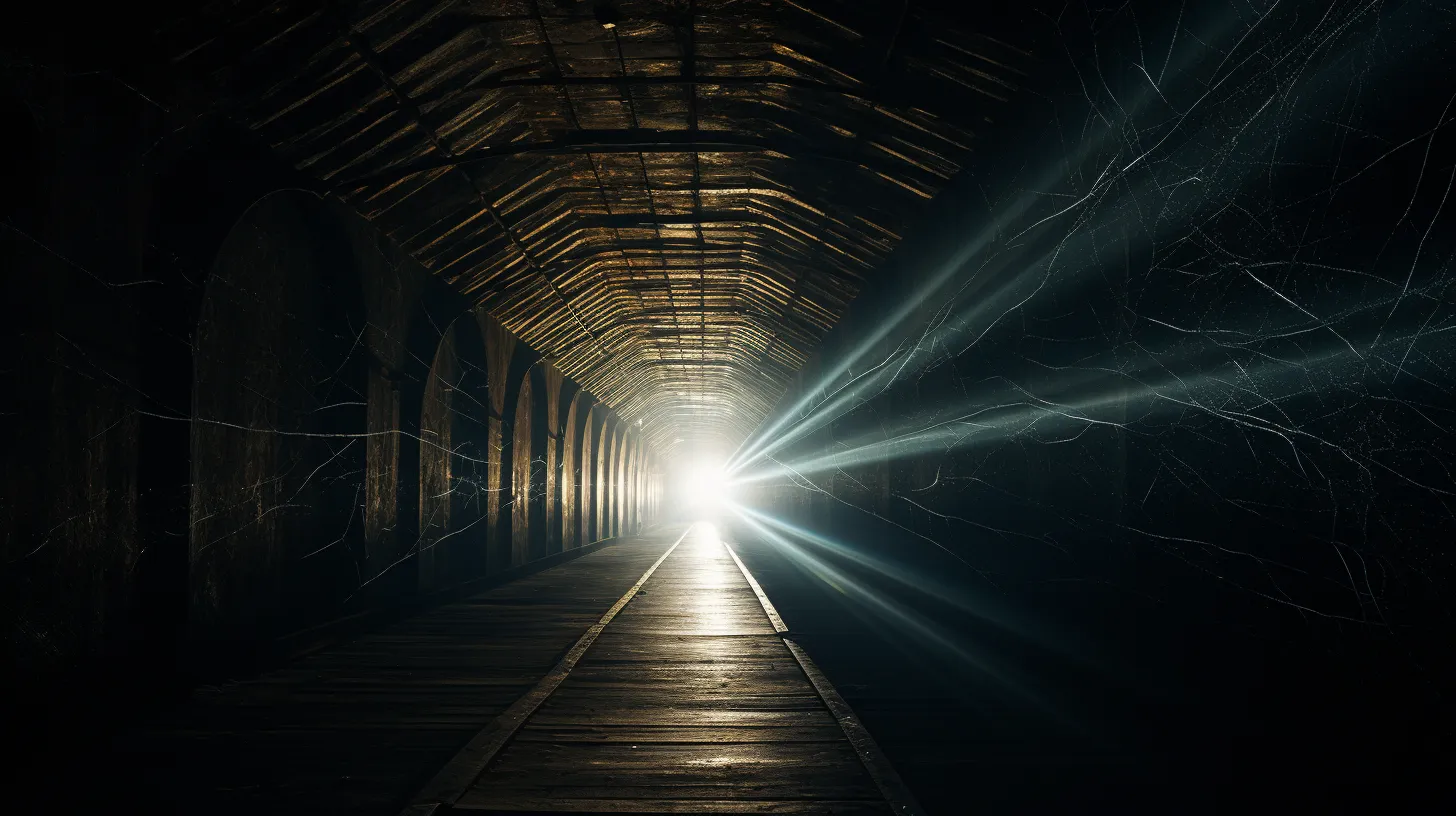Last Updated on December 5, 2023 by tech pappy
Ever wondered about the hidden layers of the internet beyond the familiar realms of search engines and social media?
The Clear Web, often overshadowed by the more notorious Deep and Dark Webs, holds intriguing depths waiting to be explored. It houses webmail, online banking, and private content beyond the reach of search engine indexes.
Join me as we uncover the intricacies of the Clear Web and its interconnectedness with the Deep Web, gaining a deeper understanding of its significance in the digital realm.
Understanding the Clear Web

Understanding the Clear Web is about navigating the publicly accessible internet and understanding its connection to the Deep Web. When we browse the clear web, we’ve got easy access to a wealth of information, but this also raises concerns about privacy.
The government monitors the clear web, and search engines index it, but it can also lead to deep web content through authentication processes. It’s important to recognize the boundaries between the clear web and the deep web to maintain privacy and security.
As users, we need to be aware of the potential risks associated with clear web browsing and take the necessary precautions to protect our privacy while navigating the extensive landscape of publicly accessible internet content.
The Scope of the Deep Web

The Deep Web is a vast and diverse part of the internet that includes webmail, online banking, social media pages, web forums, and private content.
Accessing this content requires specific security measures, such as navigating through hidden web forms with authentication methods like passwords, biometrics, and encrypted networks.
These measures are in place to protect sensitive data and ensure that only authorized users can access the hidden content.
Understanding the scope of the deep web and the methods for accessing its content is essential for navigating this expansive but often misunderstood part of the internet.
Navigating the Dark Web

Exploring the Dark Web involves using specialized networks such as Tor and I2P to access its encrypted and anonymous content while prioritizing privacy and taking necessary precautions.
Anonymity and encryption are crucial when accessing the Dark Web, and there are various tools and software available to enhance privacy and security.
It’s important to be mindful of the potential risks and legal implications associated with accessing certain content on the Dark Web.
Staying informed about the intricacies of dark web browsing is essential for a safe and responsible online experience.
Clear Web Vs. Deep Web Size

The Deep Web is significantly larger than the Clear Web, encompassing a variety of content types such as webmail, online banking, and private content.
While the Clear Web constitutes only 4% of the total web and consists of publicly accessible internet pages and databases indexed by search engines, the Deep Web is 500 times larger and contains content that isn’t easily accessible without appropriate security measures.
This contrast in size and accessibility underscores the extensive nature of the Deep Web compared to the more visible Clear Web.
Security Measures for Web Access

When it comes to exploring security measures for web access, it’s crucial to understand the various authentication methods necessary for accessing content on the Deep Web.
Two-factor authentication, biometric authentication, and public key infrastructure (PKI) are all essential methods for ensuring secure access to sensitive content on the Deep Web. These measures play a critical role in allowing only authorized individuals to access this content.
Additionally, encryption plays a significant role in dark web access by providing anonymity and safeguarding data from unauthorized access.
Understanding and implementing these security measures are essential for navigating the complexities of the Deep Web and ensuring secure access to its content.
Implications of Hidden Web Content

The implications of hidden web content, particularly on the Dark Web, are significant. Unrestricted access to sensitive information and illicit activities raises ethical and privacy concerns.
Individuals may inadvertently encounter illegal content or have their private information exposed.
This underscores the need for enhanced cybersecurity measures to safeguard personal data and prevent unauthorized access.
The anonymity and encryption provided by networks like Tor and I2P also present challenges for regulating and monitoring illicit activities, posing a significant challenge for law enforcement agencies.
Addressing the ethical implications and privacy concerns associated with hidden web content is crucial for ensuring a safer online environment for all users as the hidden depths of the web continue to evolve.
Government Monitoring and Indexing

Government monitoring and indexing are pivotal aspects of regulating online content. Understanding their impact on internet accessibility and security is crucial.
Government surveillance is conducted to monitor online activities, ensure compliance with laws and regulations, identify and prevent illegal activities such as cybercrime, terrorism, and intellectual property theft, and maintain national security by monitoring potential threats and suspicious behavior.
However, it raises privacy concerns due to the collection of personal data and the potential for misuse or unauthorized access.
Balancing these measures with the protection of individual privacy and rights is essential for maintaining a safe and regulated online environment.


